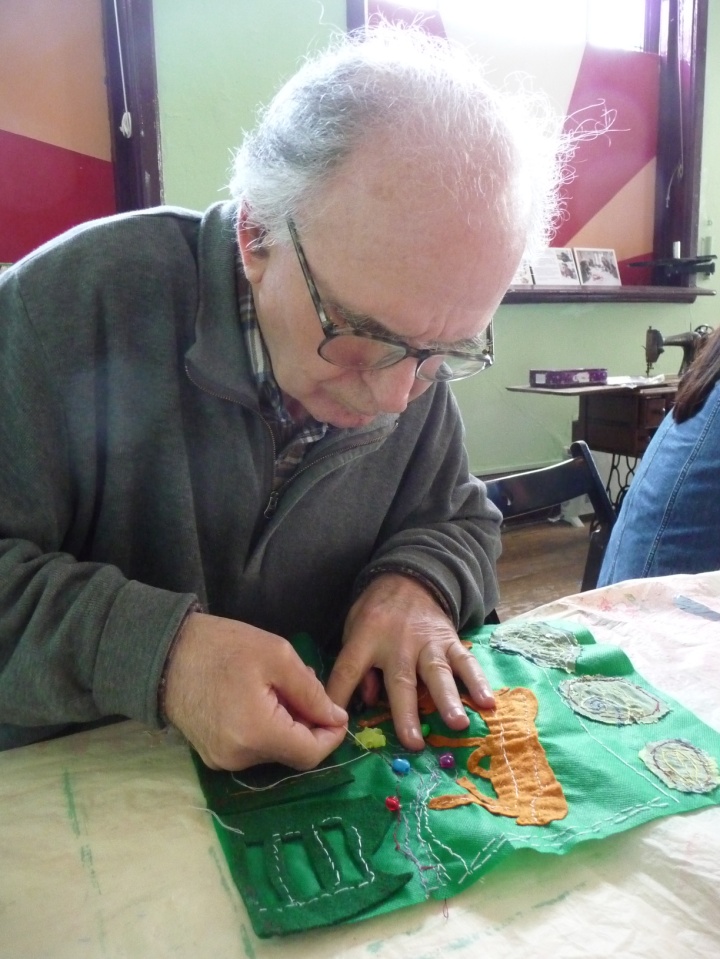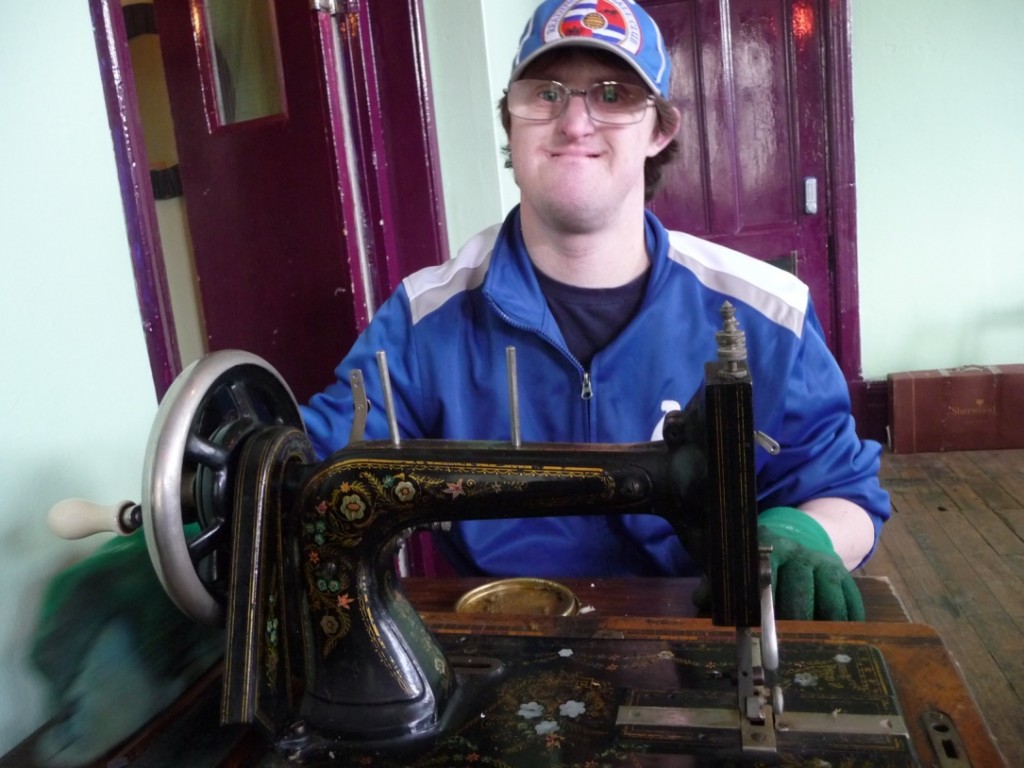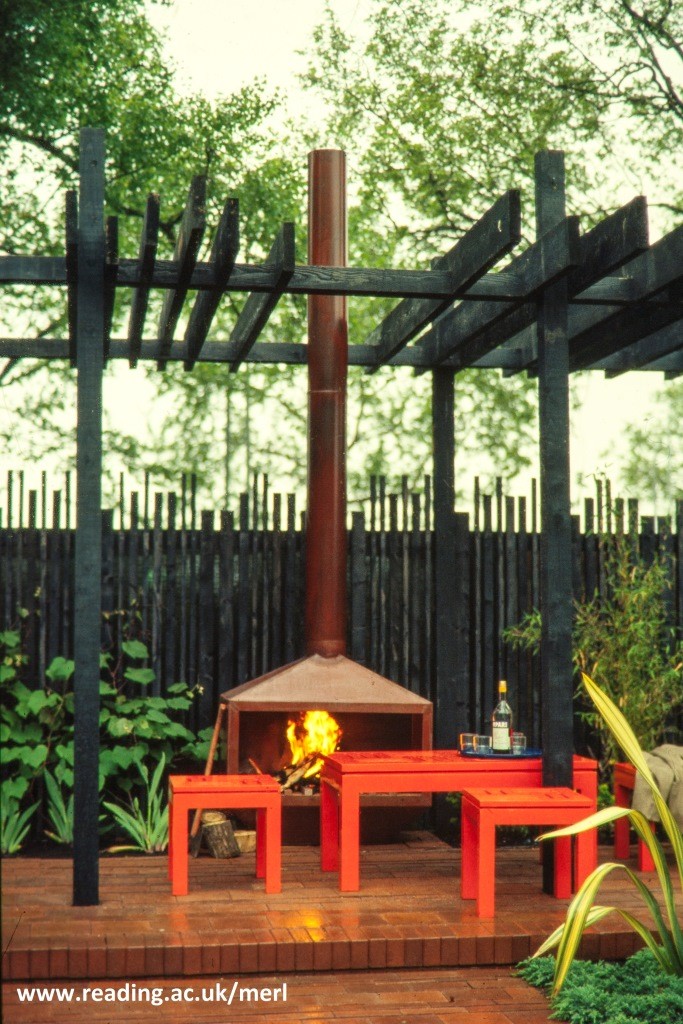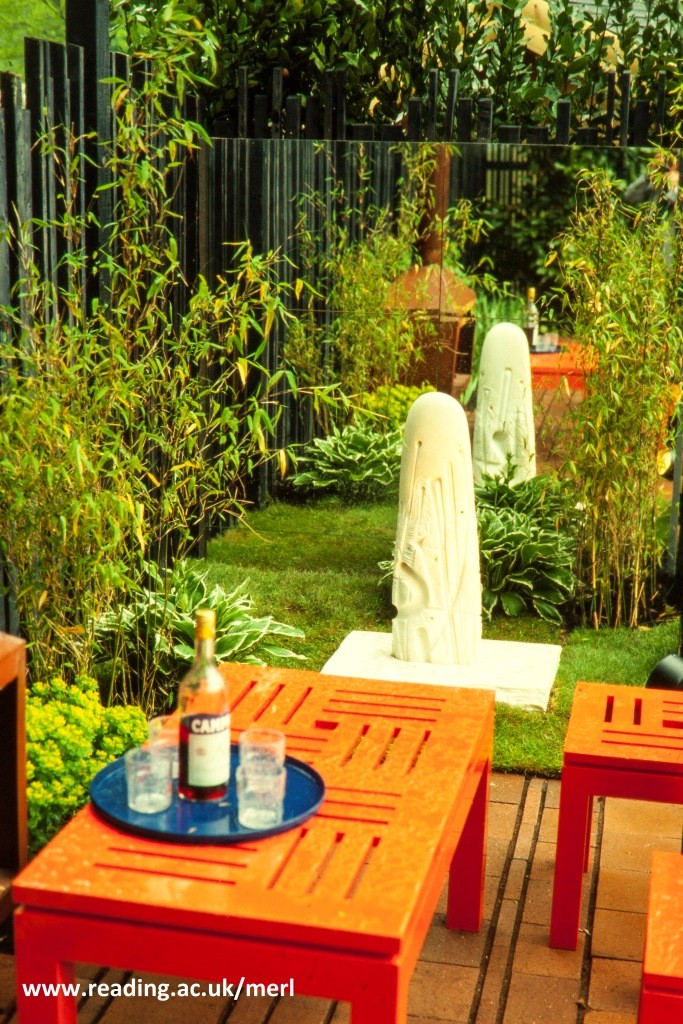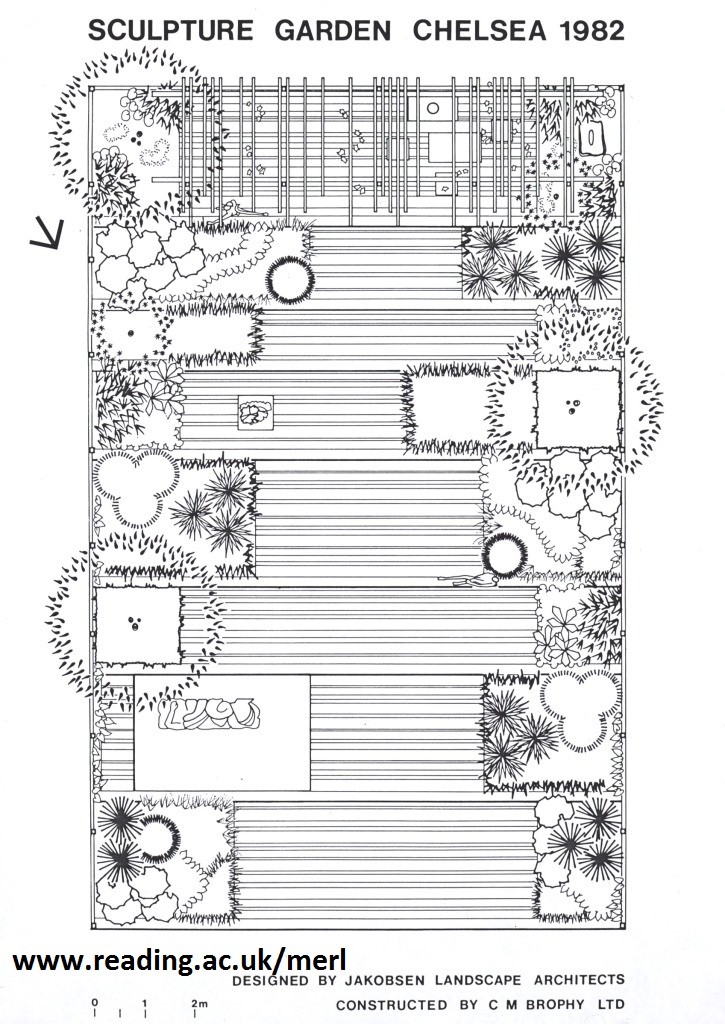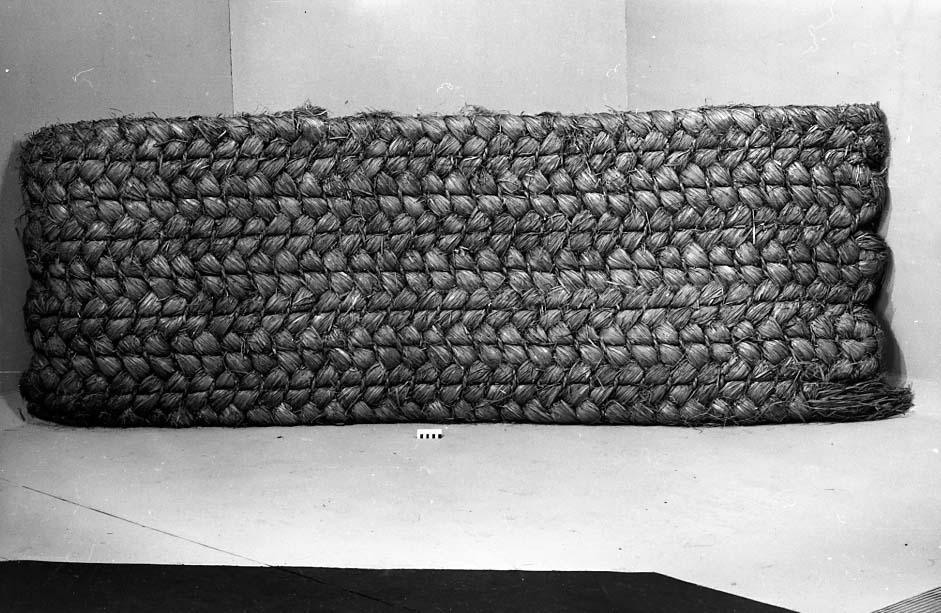Dr Jane McCutchan is back in Reading for the latest stage of the Sew Engaging project…
Drop in at Rising Sun Arts Centre, near the Royal Berks Hospital on a Thursday morning, and you are close to Heaven. Eleven o’clock and the clients have stopped for a tea break. The chair under Dennis (not his real name) is gently collapsing, but he smiles at me like an angel.
‘Hello,’ I say, ‘I’m the sewing lady.’
‘Rising Sun’ is one of the first community groups to take part in the ‘Sew Engaging’ project, which is reaching out to the public while the Museum of English Rural Life is closed for refurbishment. I have been invited to spend the day at the Centre and see their progress.
The tea break is over and there is an eagerness to return to work. Larry, the group leader, holds up the quilt panels for everyone to admire; beautiful colours, carefully applied beads and lovingly stitched applique … you can hear a pin drop. I am at a loss to know what to suggest, each panel is a work of art.
‘We need help with the borders,’ Larry tells me, and I can see the problem. ‘We have a treadle sewing machine and want to stitch the squares onto a backing, but it will be a challenge. What we really need is a hand sewing machine.’
(Note: If you would like to help Rising Sun with their quilt project, please post a comment below and we will pass on your message).
As it happens, I have a sewing machine in the back of the car, a vintage ‘Regina’. It had been given to me by Sir William McAlpine and offered to the Museum, but as MERL already had several models of a similar vintage in its collections, if was decided that it could be put to much better use by if handed over to a group who might be able to use it. Now, spruced up and polished, there is only one problem, it doesn’t work. This is a set-back, but everyone is encouraging, ‘It’s so pretty … look at the flowers.’
We turn to and make a wall hanging for Election Day and VE Day. Hugh Ehrman has given us a patriotic needlepoint kit, and this is our inspiration.
I take ‘Regina’ to Tom Dilley, Sewing Machine Service & Sales in Swindon. The wooden carrying case has ‘locked’ and there isn’t a key. I wait while he finds one that will fit, removes the lid and carefully examines the ‘patient’.
The diagnosis is not good, the bobbin winder is broken and the threading mechanism is more complex than a Singer sewing machine of the same age. BUT the handle turns, the needle goes up and down and it makes a wonderfully soothing sound. Perhaps we can make perforated patterns on paper, and then everyone will be able to use the sewing machine.


